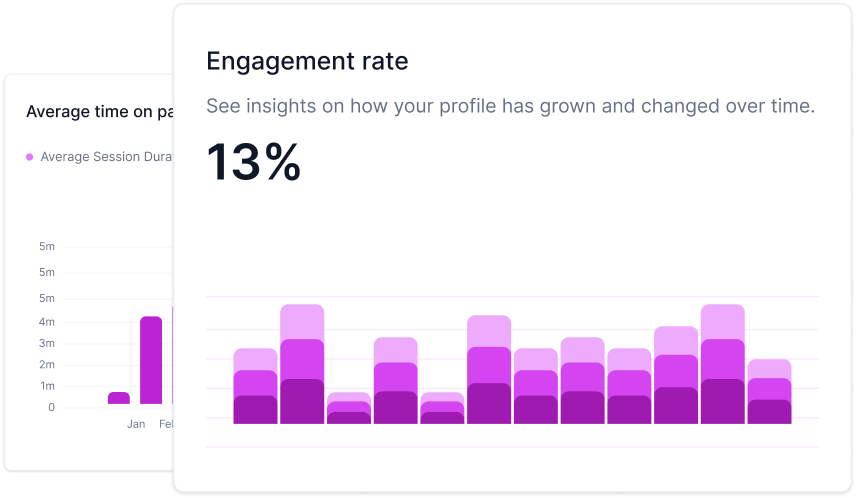What is Multichannel Marketing?
Multichannel Marketing is like throwing a party and making sure all your friends from different circles get the invite. It’s about reaching out to your audience wherever they are, be it on social media, email, or even in-store. So, instead of just sending out a single type of invite (like a text), you might use Facebook, Instagram, and old-fashioned snail mail. In the marketing world, each method of reaching out is called a “channel.” Hence, "multichannel" means using multiple ways to get your message out there.
Why is it Important?
Imagine this: you only use email to promote your products. But what if a big chunk of your audience rarely checks their inbox and hangs out on Instagram instead? You'd miss them!
By using multiple channels, you increase the chances of your message reaching its intended audience. Plus, today’s customers hop from one platform to another. They might see your ad on Facebook, then look for more info in their email, and finally decide to purchase after getting a text promo. If you’re present in all these spaces, you’ve got a better shot at getting their attention.
How Do You Effectively Integrate and Coordinate Campaigns Across Different Channels?
Okay, so you're on board with using multiple channels. But how do you make sure your message is consistent and effective across all of them? Here are some steps:
- Plan Ahead: Before blasting out messages, sketch out what you want to say and where you want to say it. A simple calendar can help.
- Stay Consistent: Your brand voice and visuals should remain the same, whether it's a Tweet or an email. It helps your audience recognize you instantly.
- Tailor the Message: While consistency is key, tweak your message for each platform. A lengthy email won't work as a tweet!
- Use Tools: There are software options out there, like Hootsuite or HubSpot, that can help manage and schedule your multichannel efforts.
How Do You Measure the Success of a Multichannel Marketing Strategy?
Measuring success is like checking if your party was a hit. You'd see how many showed up, right? Similarly, in marketing, there are tools and metrics to gauge how well you did.
- Engagement Rates: How many people liked, shared, or commented on your posts? High engagement often means your content resonated.
- Conversion Rates: Out of those who engaged, how many took the desired action, like making a purchase or signing up?
- Analytics Tools: Platforms like Google Analytics can show you which channels drive the most traffic and sales. It's like seeing which invite method got most of your friends to RSVP.

